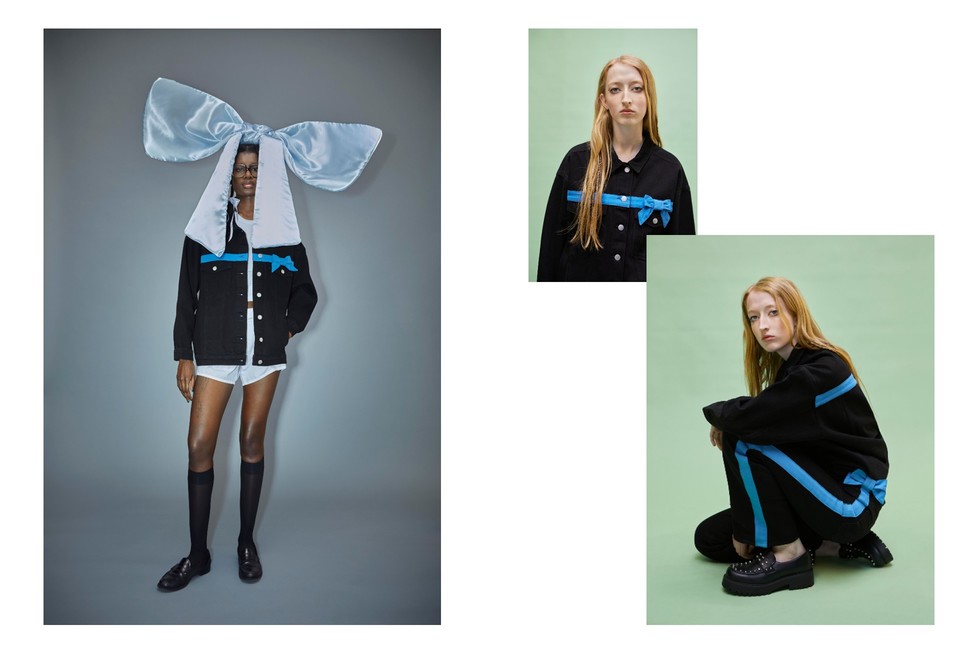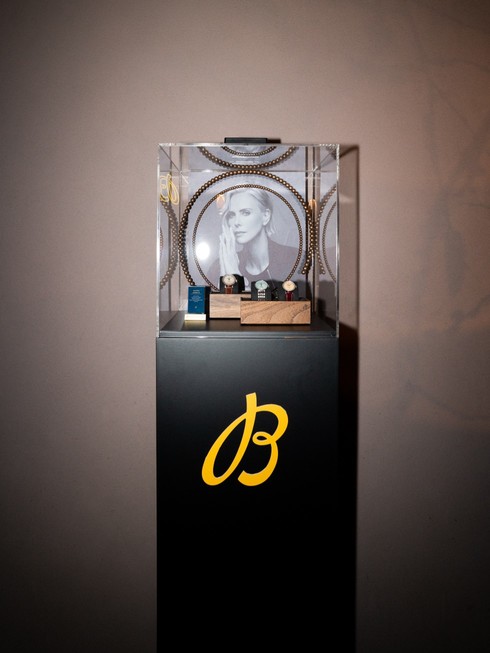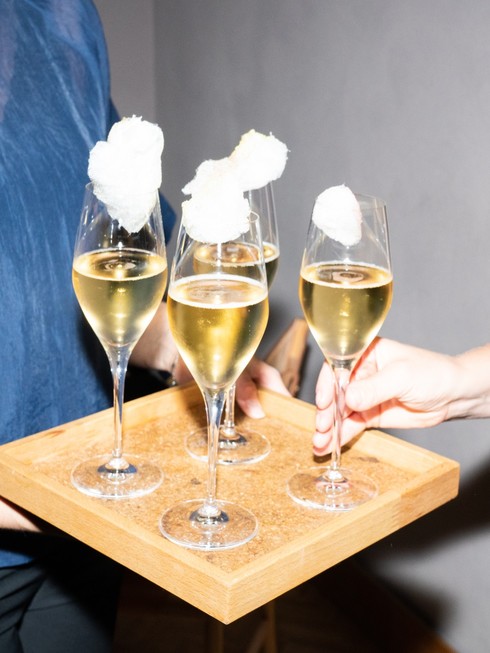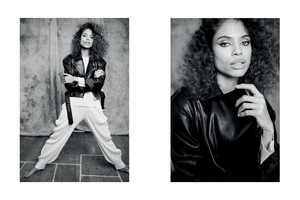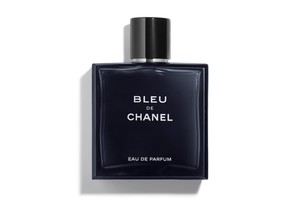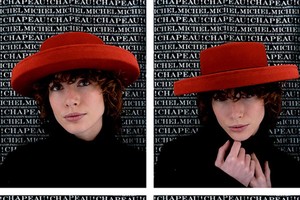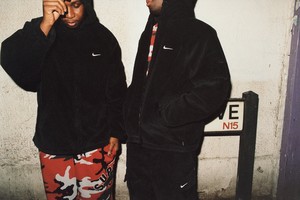Monki x Iggy Jeans
Written by Josie McNeill by Josie McNeillGrowing up, Ingrid “Iggy” Berg, founder of Iggy Jeans, the latest company to collaborate with Scandinavian street style brand Monki, said her aesthetic was influenced by two polarizing styles: that of Scandinavian minimalism and Italian classicism.
“When I came to Stockholm, I noticed a big contrast to Italian culture with dressing up and the general approach to fashion,” Berg said. “It was a contrast to the Scandi-minimalist street style approach. That in itself was not negative for me. Rather I think it had an interesting impact on how I balanced the two worlds.”
Berg said that looking back at the time she moved to Stockholm, she sees “how growing up in both Italy and Sweden have affected my way of seeing fashion.”
She found inspiration in the colorful patterns of the ’60s, especially those involving the Gruppen-10 in Sweden. This group, which Brigitta Hahn, Berg’s grandmother, was a part of rebelled against the Swedish “folkhemmet” in the ’60s and ’70s with its use of bold patterns.
Berg integrated the use of bold patterns and colors and used them on a timeless fabric: denim. Thus her designs were both modern and chic and also maximalist and trendy. She created the brand Iggy Jeans after collaborating with orjanandersson on a 10-piece painted jean collection for the brand in 2017. She then went on to showcase at Stockholm Fashion Week in 2018 when she was just 15 years old, completed a year-long internship with Miu Miu in January 2023, and now, she is onto her second collaboration with Monki.
Berg grew up in Treviso and Milan, Italy before moving to Stockholm for school when she was 10 years old. She later started painting denim after school and on weekends. Berg said she found that painting denim allowed her to “merge [her] artistic side with [her] interest for clothes.”
Odalisque Magazine sat down with Berg to discuss her interest in fashion from such a young age, music inspiration, and her evolving work with Monki.
Before releasing your first collection with Iggy Jeans you did a previous collaboration with Monki. How does the new Monki x Iggy Jeans collaboration differ?
Our first collaboration was smaller, just a story about me and I painted a couple of Monki jeans that I kept myself. This time around, it’s a much bigger collaboration where I’ve designed pieces for Monki that will be sold in stores in Europe, and we’ve created a campaign around it where I’ve been creative director. I’ve gotten complete trust from Monki on creative decisions and ideas, which I am grateful for.
For someone like shopping for the collection, how would you describe the collaboration between Iggy Jeans and Monki?
This is a very fun collection but also something that you can wear every day. At first glance, when you see everything together, it might be kind of shocking, like, oh my God, I've got all these colors and bows. But my thought in the whole process has been that I want to create something that is different from the work that I've done earlier. I wanted to create something where I have thought of my everyday wardrobe as a starting point. Like could I wear this maybe with a shirt and a cardigan or like you know just a t- shirt and not feel like I'm overdressed? It's so versatile.
Is there any element of the new collection that is most special to you?
Of course it’s been very exciting to work with different elements such as print and patches. I really wanted to merge the maximalist part of me with my more minimalistic part and think about my everyday closet, as with italy vs swedish expressions.
Did your internship with Miu Miu affect your approach to designing this collaboration?
I learnt a lot working with professionals within denim design at Miu Miu, and the technical process of designing but also how to convert ideas to something that has a red thread, and how to create a red thread within a brand.
I read that you have a passion for the music scene as well. How does music influence your designs in general, but especially your designs for the Monki x Iggy Jeans collab?
When I have thought about the person wearing my designs, music has helped me understand who that person is. For example, when I listen to The Hives (whom I’ve done costumes for) or one of my all time favorite artists ShitKid, I think about a girl that has a naif spirit, a rebelliousness that encapsulates the feeling of being a teenager but also some sort of tenderness. For specifically how music has inspired my collaboration with Monki, I looked at sound waves and the shape of them and their repetitiveness, which is reflected in the green shapes on my designs.
What was it like showcasing Iggy jeans’ first collection when you were 15 at Stockholm fashion week?
It was a long time ago, I was just a child at the time. I’m grateful for the opportunity that I got to do it and that it pushed me to keep on going. But at the same time, I know that it’s rare for a 15 year old to do such a thing. I still believe that if you do something out of will and pure desire, it doesn't matter if it’s during Stockholm Fashion Week or for a couple of friends in your living room, it is what keeps you going forward.
How do you think your designs have changed since creating the Iggy jeans brand when you were 15?
When I was 15 I worked more with patterns and not the jeans in context to a person or story. Now I think more about who will wear my things, who I want that person to be, and how I’m styling the clothes I make. I’ve created a bigger story in my mind of how the world of Iggy Jeans is and all that comes with it.
Can you elaborate on what you envision this “bigger story” of Iggy Jeans to be?
Gosh, that's such a complex question. I have this note on my phone, which is like four pages long, just explaining who this person is. It's a person that's gender neutral, but in some way plays so much with femininity and being a young girl that is verging on being a grown up but still has this rebellious side. She has this super classic, basic wardrobe, but she wants to do something much more crazy. So she picks up her grandfather's old jeans and, you know, does something with them but pairs them with a trench coat. So it's this kind of attitude and lifestyle of not caring too much about what other people think. But at the same time, everything that comes with being a young woman is what I'm thinking that the Iggy Jeans girl is.
Do you think denim is always going to be your main thing?
That's what I feel like now, but I don't know. I don't know if it will always be. But I think that is definitely my biggest interest, just because of the versatility. Everybody has a pair of jeans, it's the first thing you get when you're like, seven, eight years old. You get a pair of jeans. So everybody has them throughout their life. I'm taking something that comes from such a background of being workwear that doesn't always have a fashion aspect, doesn't at all have, at the beginning, any meaning other than to be practical. So that's what I find interesting with it, and probably why I only like denim.




